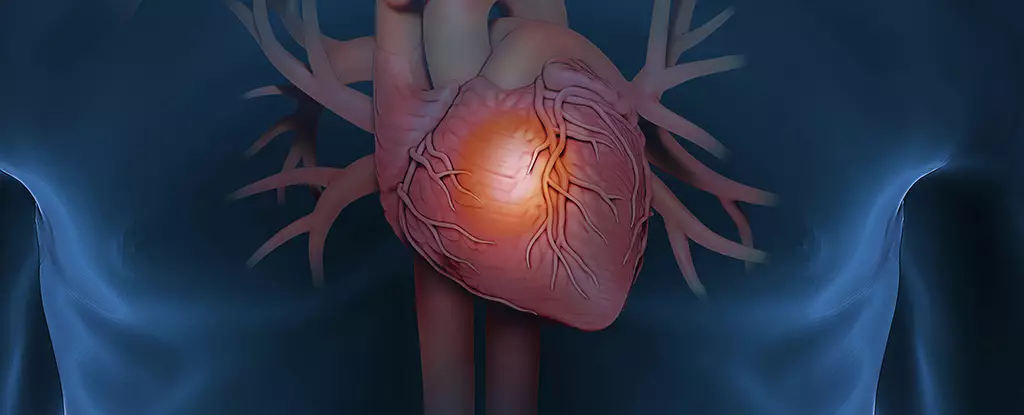Recent advancements in cardiac research have unveiled a groundbreaking insight: the human heart possesses remarkable self-healing capabilities, especially when enhanced by the right therapeutic approaches. A compelling study conducted by a global team of researchers indicates that these regenerative capacities can surpass even those of a healthy heart post-heart failure. The findings suggest a promising new frontier in treating heart conditions, potentially heralding treatments that could significantly elevate recovery rates for patients with damaged hearts.
The study focuses on patients diagnosed with heart failure, a condition that typically leads to severe impairment of heart function. Among the 52 patients examined, a subset of 28 received a Left Ventricular Assist Device (LVAD), which assists in maintaining blood circulation throughout the body. While these devices are implanted as a long-term solution or until a heart transplant can be performed, some patients experience such a significant recovery that the LVAD can be removed altogether. However, the process by which LVADs facilitate heart recovery has remained largely enigmatic — particularly regarding the generation of new heart muscle cells, or cardiomyocytes, during the recovery phase.
To delve deeper into this phenomenon, researchers measured levels of radioactive carbon-14 in heart cells. Since the cessation of nuclear testing in 1963, atmospheric levels of 14C have gradually decreased. Consequently, its presence in heart cells provides a mechanism for determining the age of those cells. By applying advanced mathematical models, the team assessed how and at what rate cardiomyocytes regenerated in both healthy and damaged hearts.
The results were intriguing. While unhealthy hearts typically exhibit a regeneration rate of cardiomyocytes 18 to 50 times lower than their healthy counterparts, the introduction of an LVAD appears to radically enhance this regenerative process: cardiomyocytes in LVAD-supported hearts can regenerate six times faster than those in a healthy heart.
This surge in cardiomyocyte regeneration offers hope not only for recovery from heart failure but presents potential avenues for new treatment modalities. The current understanding of this phenomenon is still limited; the specific reasons behind such enhanced repair mechanisms following LVAD implantation remain elusive. “Although we have compelling evidence that recovery is expedited, the underlying biological triggers or reasons remain unidentified. Our next step involves investigating this process at both cellular and molecular levels,” states Olaf Bergmann, a molecular biologist at the Karolinska Institute.
Supporting and enhancing the heart’s innate healing processes could pave the way for more natural treatment methods compared to conventional approaches, which often involve invasive procedures such as cell transplantation. This paradigm shift signifies a movement towards therapies that utilize the body’s inherent capacity for self-repair, making it crucial for researchers to explore this biological intricacy further.
The quest to restore a heart’s function to near-optimal levels following damage is undeniably complex, yet recent strides in regenerative medicine provide cause for optimism. Researchers are continuously optimizing the cultivation of heart tissue in laboratory settings, paving the way for innovative treatment strategies. Additionally, scrutinizing the biological mechanisms behind the heart’s self-repair attempts and stimulating cardiomyocytes to mimic stem cells when repairing damage opens new therapeutic pathways that may soon come into clinical focus.
This revolutionary understanding of heart regeneration provides a fresh lens through which we can view cardiac health and recovery. “The prospect of enhancing recovery after a heart incident is a beacon of hope for patients and physicians alike,” remarks Bergmann. As researchers unravel the complexities of cardiac regeneration, the possibility of developing novel treatments that leverage the heart’s intrinsic healing capabilities becomes ever more viable, promising a brighter future for millions affected by heart failure.

